- In short, IT deals with information, while OT deals with machines.
The former manages the flow of digital information (read: data), while the latter manages the operation of physical processes and the machinery used to carry them out.
shorthand to represent this distinction is the office (IT) vs. the factory floor (OT).
Understanding OT
Compared with IT, OT is unique in that related hardware and software is usually (historically) designed to do specific things: control heat, monitor mechanical performance, trigger emergency shutoffs, etc. Typically, this is done through industrial control systems (ICS) and supervisory control and data acquisition (SCADA).
If employees have seen fit to change the temperature on a factory floor, raise or lower humidity levels, or shut off machinery for a given reason, OT has provided a quick, clear way of making that happen — a physical switch, a steel lever, or a big red button. Conversely, IT systems have been able to perform key operations without constant human intervention — provided those workflows are within programmed functions.
https://www.coolfiresolutions.com/blog/difference-between-it-ot/
- The New Age of Operational Technology
Traditionally, OT was an ‘air-gapped’ environment, meaning that it was not connected to external networks or digital technologies.
since the rise of the fourth industrial revolution, also known as "Industry 4.0". Companies taking part in this change have begun implementing new digital solutions in their networks looking to stay ahead of their competition. These solutions aim to increase automation, add “smart” devices, make data more efficient and available, and interconnect networks for convenience.
As part of the interconnection, and in order to make OT components more accessible while being able to collect and analyze data about them, IT and OT networks are also becoming interconnected
This movement is referred to as IT-OT Convergence.
While connecting operational with information technology opens a great door to new opportunities, it also introduces a vast landscape of cybersecurity threats to what was once an air-gapped network.
IT vs OT - Four Core Differences
1. Enterprise vs Industry
OT includes completely different components that can be found primarily in industrial environments. These components are often screenless (machinery, PLCs), they communicate over industrial protocols that are never seen on IT networks (e.g., Modbus, Ethernet/IP, Profinet), they lack security tools (firewalls, antivirus), and they are even programmed differently than “normal” computers.
2. IT Prioritizes Confidentiality, OT Focuses on Safety
In OT, the safety and availability of equipment and processes dominate.For example, a ransomware attack that blocks access to operations can lead to a few days of inactivity where each day may be worth millions of dollars.
3. IT Incidents are More Frequent, OT Incidents are More Destructive
IT has more touchpoints with the internet. These gateways pose higher security risks because each one can potentially be a hack waiting to happen.
OT has a lower number of gateways, making it comparatively safer. However, the potential magnitude of compromised physical equipment tends to be greater than that of a data breach. Even slight OT cyber-incidents can lead to huge financial losses and have damaging ramifications that can affect the general population, such as water contamination and power outages
4. Security Patching - Every Week vs Every Ten Years
IT components advance so fast and have relatively short life spans, that a network can look completely different only several years apart. In fact, IT security updates are so frequent that many IT vendors have a designated "update day of the week" or "Patch Tuesday".
patching OT components requires complete shutdowns that halts production, vendors running OT networks rarely patch their components, if at all.Since OT components are rarely updated, they may have many more public vulnerabilities when compared to IT computers. This means that the probability of a successful exploit on an OT system is exponentially higher than on an IT system.
https://www.otorio.com/blog/it-security-vs-ot-security-the-operational-technology-cybersecurity-guide-for-industry-professionals/
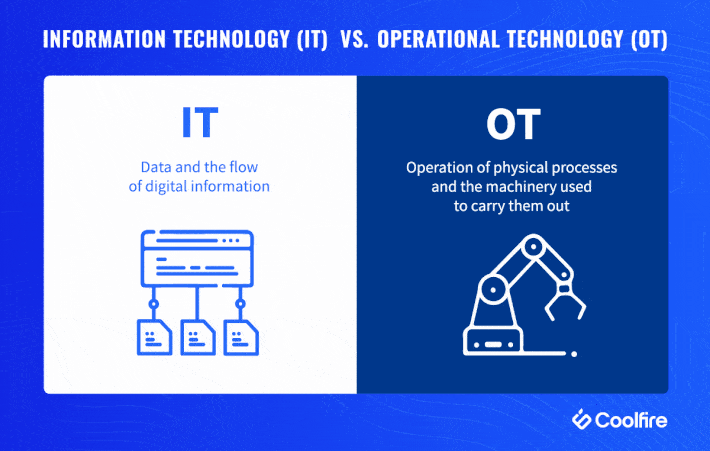


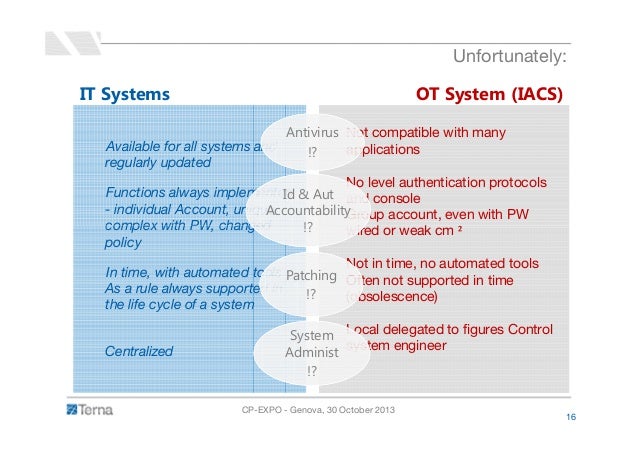
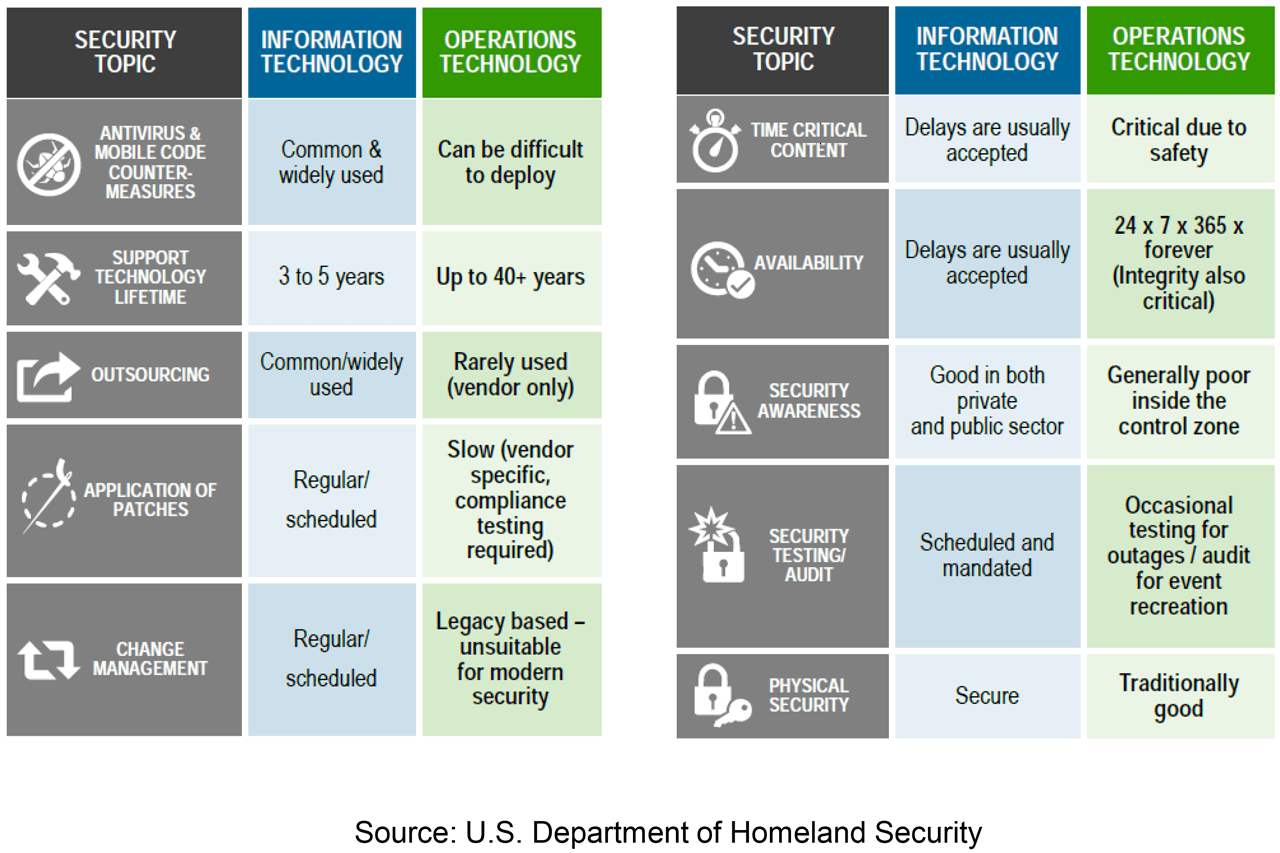
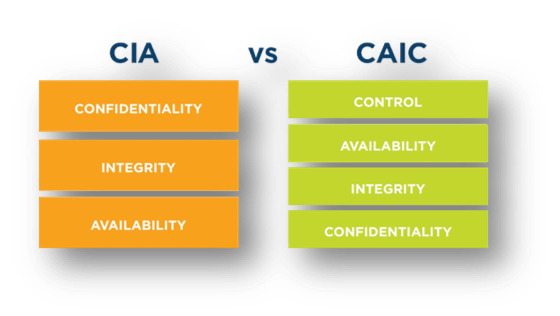
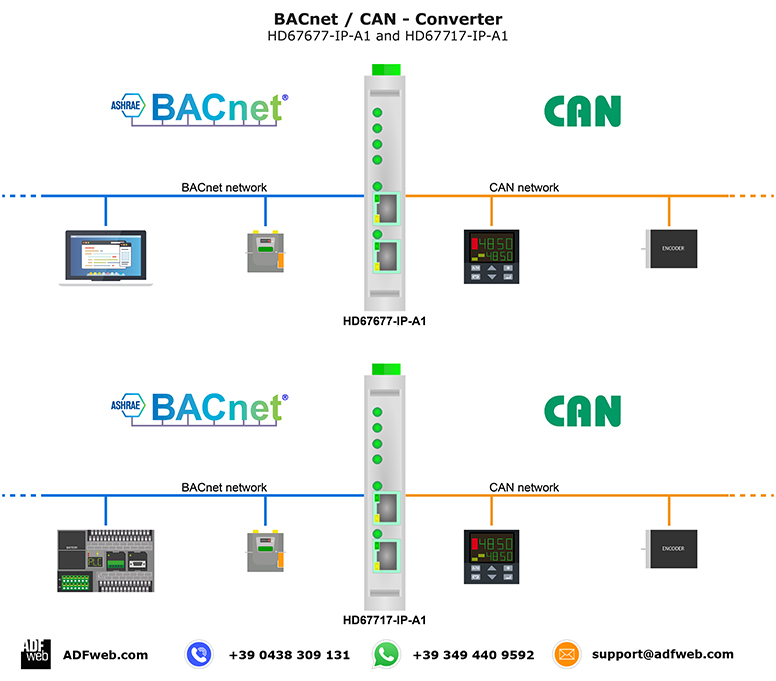
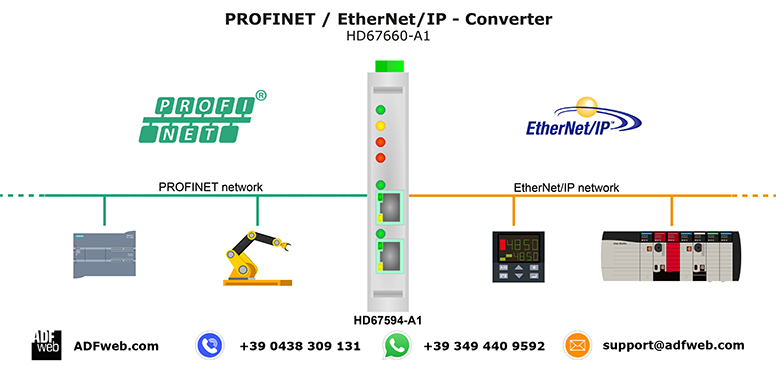
No comments:
Post a Comment